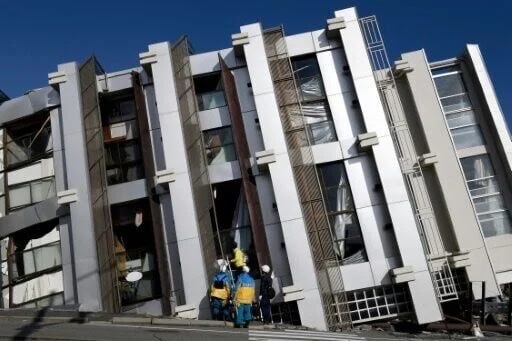After a massive earthquake struck central Japan on New Year’s Day, the death toll has risen to at least 110, with authorities reporting that 210 people remain unaccounted for. Rescuers and residents are now shifting their focus from finding survivors to recovering bodies and cleaning up the aftermath.
The 7.5-magnitude quake hit the Ishikawa region on Japan’s main Honshu island, leading to widespread destruction and hampering rescue efforts. Bad weather, including snowfall, and damaged roads with numerous landslides have complicated the work of thousands of rescue workers.
In areas like Wajima on the Noto peninsula and Suzu, where homes were reduced to rubble, the search for survivors has been challenging. Rescue dogs are being employed to help locate victims under the debris. Houses containing fatalities are marked for identification by coroners when relatives arrive.
Coastal areas, particularly the port city, witnessed tsunami waves sinking fishing boats and causing extensive damage. In Shiromaru, a community hit by a tsunami, debris made up of wood, metal, and plastic cluttered the landscape.
Local authorities confirmed 110 deaths, but the toll is expected to rise as search and recovery efforts continue. Prime Minister Fumio Kishida expressed condolences and urged swift action to repair roads and assist people in isolated areas.
North Korean leader Kim Jong Un conveyed a message of sympathy, joining other countries in expressing condolences. The Ishikawa region faced challenges with power and water outages, affecting thousands of households. Over 30,000 people sought refuge in 357 government shelters.
While Japan is accustomed to earthquakes, the 2011 quake and tsunami left a lasting impact, causing widespread devastation and triggering a nuclear disaster at the Fukushima plant. The recent earthquake highlights the ongoing vulnerability despite strict building codes in place for decades.


